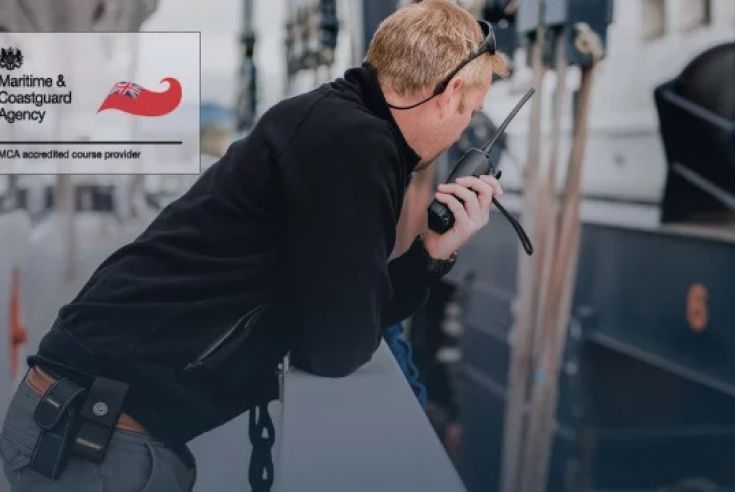795 AUD ($)
EnquireSchool Cruising Yacht Club of South Australia
Location Adelaide, Australia
Duration 30 hour(s)
Dates Contact for more info
Accommodation None Included
The CYCSA Marine Academy is a RYA/ YA Shore based Training Centre. The course is conducted in the Kinnaird Room from 7pm till 10pm on weeknights over 10 weeks.
Course Structure
Navigational Drawing instruments: Use of parallel rulers, divides and proprietary plotting instruments
Navigational charts and publications: information shown on charts, chart symbols and representation of direction and distance. Navigation publications in common use. Chart correction.
Visual aids to navigation: Lighthouses and beacons, light characteristics.
Definition of position, course and speed: Latitude and longitude. Knowledge of standard navigation terms. True bearings and course. The knot.
Chart Work: Dead reckoning and estimated position including an awareness of leeway. Techniques of visual fixing. Satelight-derived positions. Use of waypoints to fix position. Course to steer.
Compass: Application and variation. Awareness of deviation and its cause. Use of hand-bearing compass.
Tides and tidal streams: Tidal definitions, levels and datum. Tide tables. Use of Admiralty method of determining tidal hight at standard port and awareness of corrections for secondary ports. Use of tidal diamonds and tidal stream atlases for chart work.
Pilotage: Use of transits, leading lines and clearing lines. IALA system of buoyage. Use of sailing directions. Pilotage plans and harbour entry.
International regulations for preventing collisions at sea: Steering and sailing rules. General rules and all other rules.
Navigation in restricted visibility: Precautions to be taken in, and limitations imposed by, fog.
Passage planning: Preparation of navigational plan for short coastal passages. Meteorological considerations in planing short coastal passages. Use of waypoints on passage. Importance of confirmation of position by an independent source. Keeping a navigational record.
Ropework: Knowledge of the properties of synthetic ropes in common use.
Anchorwork: Characteristics of different types of anchor. Consideration to be taken into account when anchoring.
Meteorology: Sources of broadcast meteorological information. Knowledge of terms used in shipping forecasts, including the Beaufort scale, and their significance to small craft. Basic knowledge of highs, lows and fronts.



